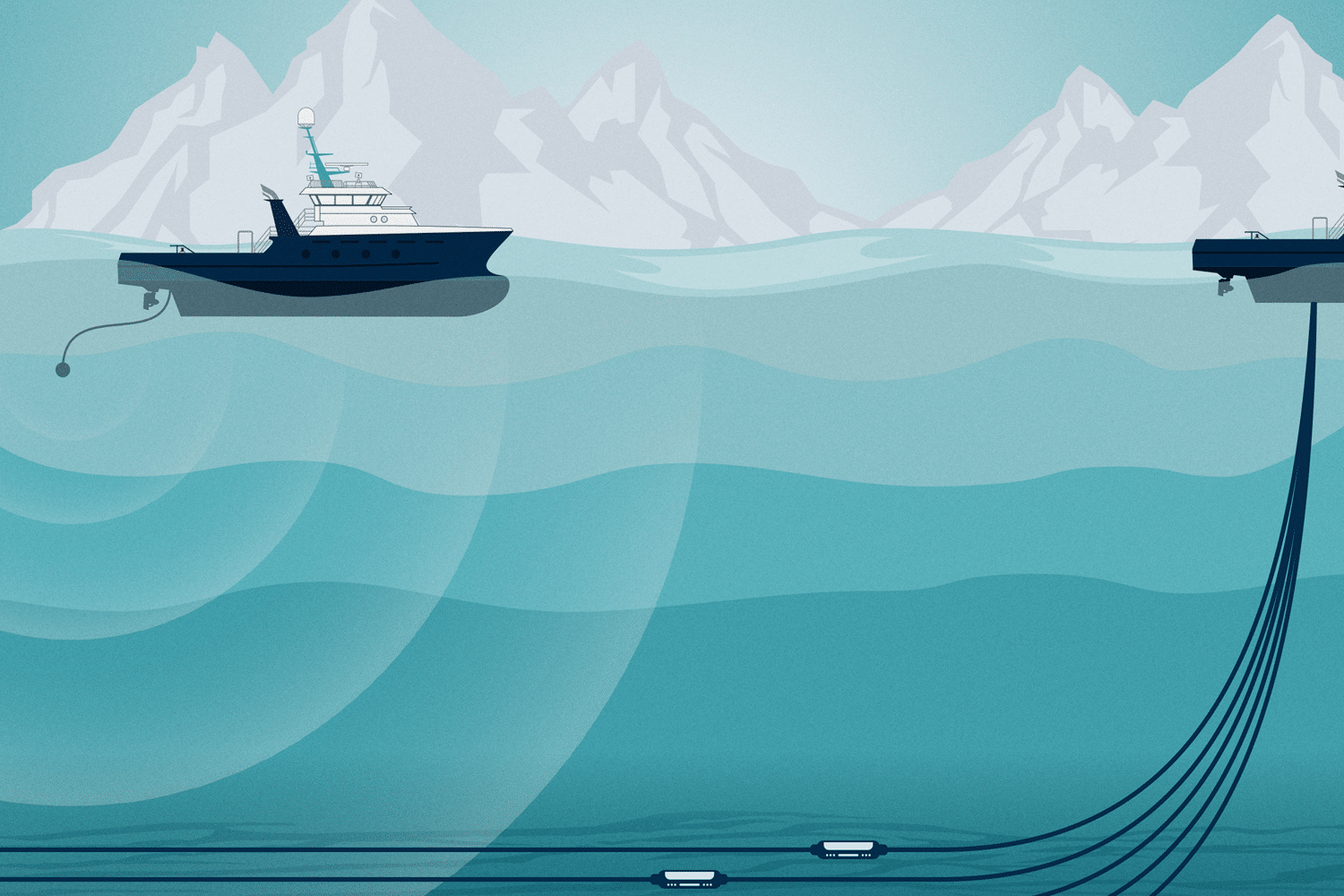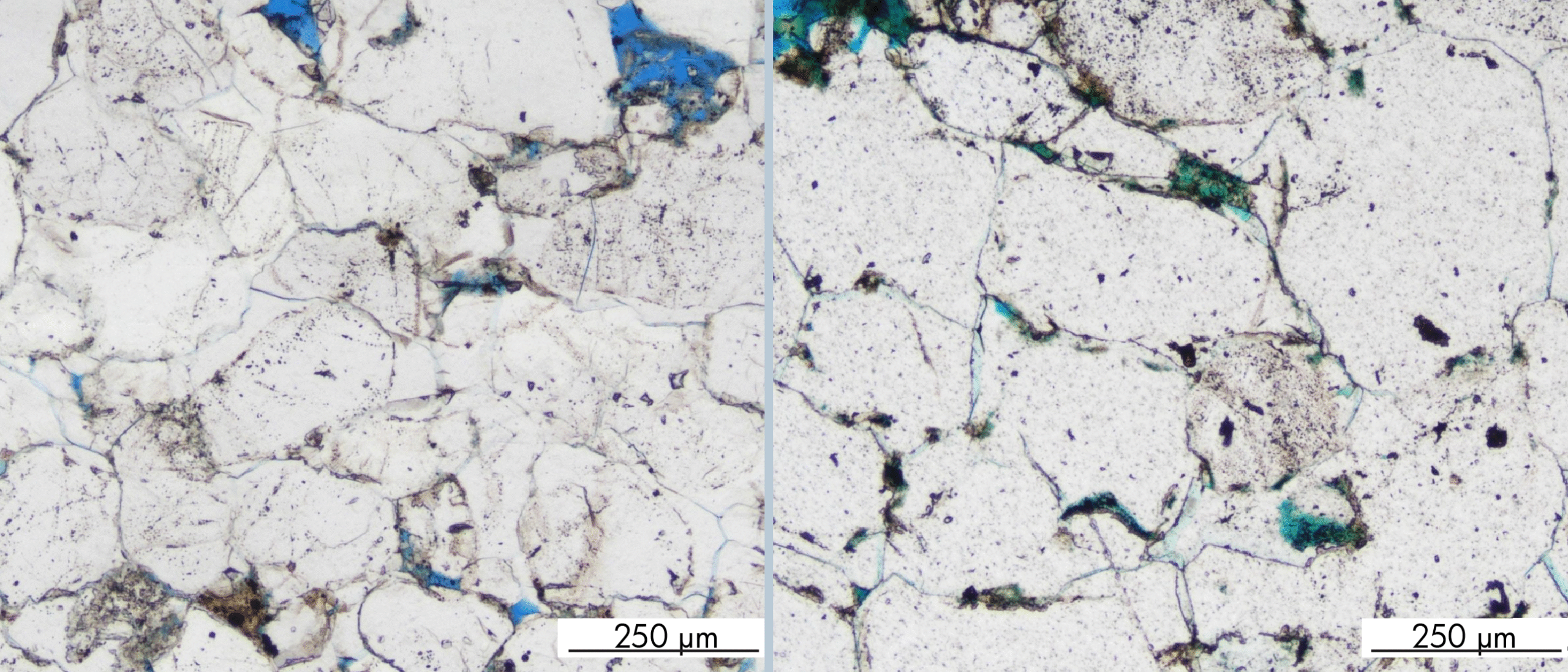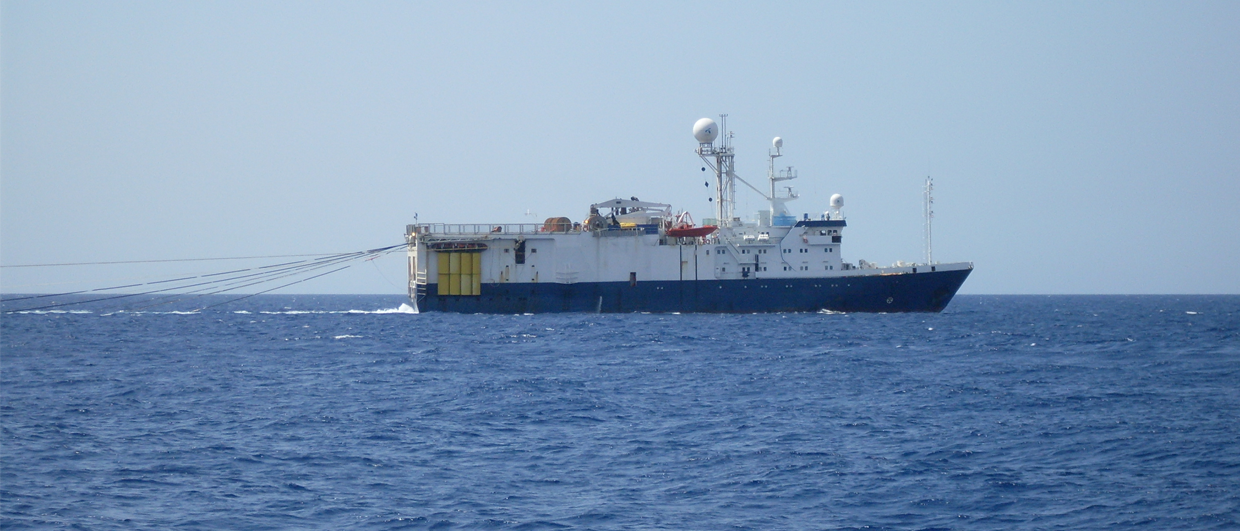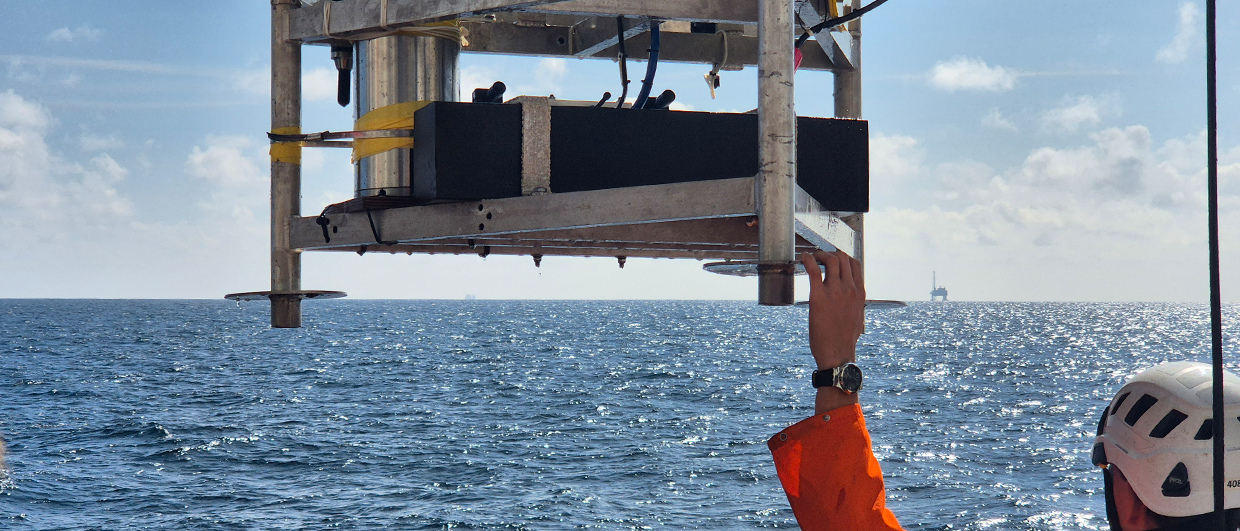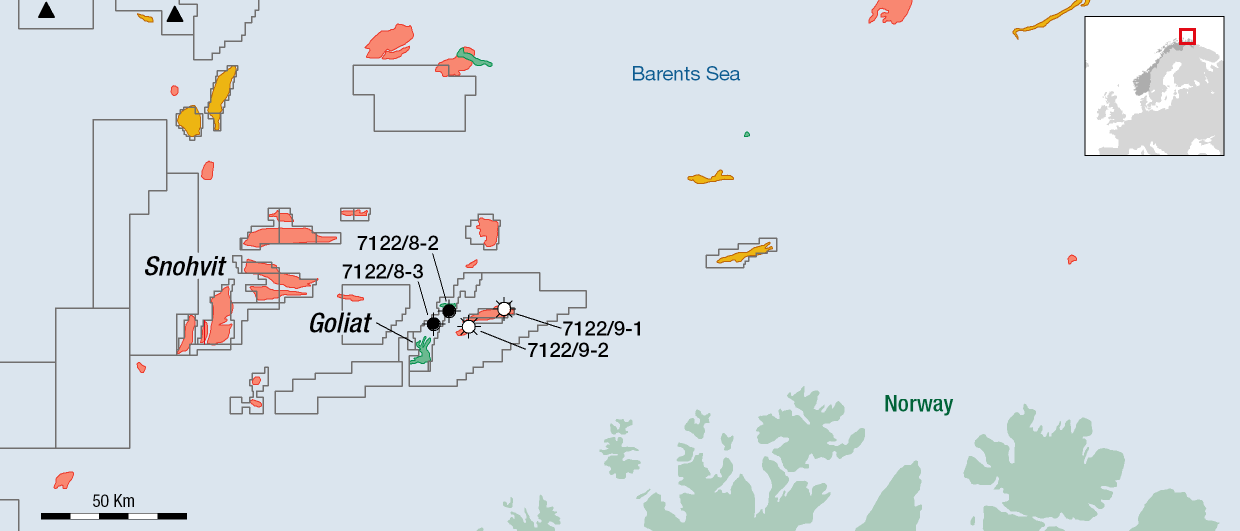Recent advances in exploration technology is in the focus for the 3rd time in “the May conference” (NCS Exploration) in Fornebu outside Oslo. However, the emphasis will be on how to apply these advances for the best of geoscientists that are digging deep to find new prospects in mature and frontier basins. Meaning that the speakers are asked to avoid explaining the technology in detail. Rather, the conference committee urges them to demonstrate better data quality and imaging by using examples from real cases.
Graeme Bagley from Westwood Global Energy opens the show with a retrospective look: “30 Years of Advances in Exploration Technology and Geoscience” and is followed by Erling Vågnes, representing Equinor, who will review exploration challenges on the NCS and how technology can contribute to an increased success ratio. Later that day, three geoscientists with a long track record in the oil industry (Vetle Vinje, CGG; Martin Widmaier, PGS; Ben King, Equinor) will talk about how “modern data creates opportunities for explorationists: from “Lykkeland” to AI”.
Also, on the first day, Idar Horstad, Spectrum, Daniel Stoddart, GeoEight and Rolando de Primio, Lundin Norway, have put together a two-hour long session about “de-risking the Petroleum System: How to integrate technological innovations in the workflow”. Rather than having the speakers giving a series of talks, as is often the case, the organizers will facilitate an expert discussion around recent Barents Sea discoveries touching upon source, maturation, migration, biodegradation and retention and how recent advances in technology help to understand the petroleum system at large. Later on, researchers from Equinor (Helge Løseth, Lars Wensaas, Marita Gading, Jan Ove Hansen) will reveal how it is possible to predict source rock from seismic with “State of the art examples from the NCS”.
Imaging of regions with complex geology will make up a significant part of the conference. Regions to be covered include the outer Møre and Vøring Basins, the western Norwegian Sea (beneath the basalt) and the western Barents Sea (Sverre Planke, VBPR; Jakob Skogseid, Equinor). Imaging of injectites will also be a key subject of the confernence. Oil companies and service companies will give examples from recent studies, including Frosk, Froskelår and Bøyla in the North Sea.
Morten Kndusen from NPD in Harstad opens the second day of the conference taking a deep breath by giving at talk entitled “The most surprising wells – and their relationship with the use of advanced technology”. Starting 8.30 AM, this will ensure the bar is empty before midnight the day before.
The use of EM in the Barents Sea has been a huge success for some companies, while others have neglected the possible significance of using this technology in de-risking prospects. This is why the programme committee has selected to devote one entire session to EM.
For whom?
All-round explorationists with a need to get updated on recent advances in exploration technology (geochemistry, geophysics, digitalization).

